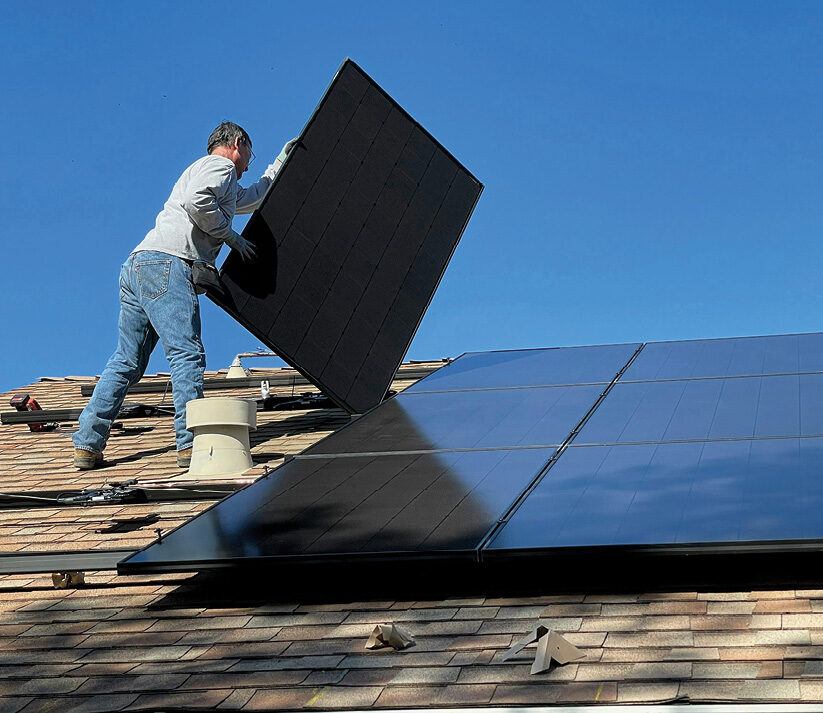The South Carolina Public Service Commission issued final rules for net metering, which the Solar Energy Industries Association (SEIA) said will better align with customer behavior and electricity system needs.
The net metering regime for current solar customers will be extended through 2025 or 2029, depending on when customers switched to solar. At the end of that period, customers can continue with the current setup at 2025 or 2029 retail rates, or switch to the new program. Key elements of the new program include time-of-use rates and rebates for smart thermostats, both of which SEIA said better align customer behavior with electricity system needs.
Regulators unanimously approved the net metering stipulation agreed to by Duke Energy Carolinas; Duke Energy Progress; North Carolina Sustainable Energy Association; Southern Environmental Law Center on behalf of South Carolina Coastal Conservation League, Southern Alliance for Clean Energy, and Upstate Forever; and Vote Solar.
In late April, regulators unanimously approved a bid to keep net metering in place while gradually transitioning to Dominion Energy’s existing time-of-use rate schedule for customers. The recommended action was petitioned for by both local solar advocates and consumer choice advocacy groups.
In accepting the proposal, regulators rejected Dominion’s apprach which would have stuck residential solar customers with a fixed monthly rate and a monthly payment based on the size of their rooftop system. Because of those two components, the average South Carolina solar homeowner would have seen their cost savings shrink by 60%.
Multiple advocacy groups claimed that Dominion’s proposal would have slowed the state’s rooftop solar market to a crawl.
Application cap
In its most recent net metering decision, regulators agreed to a stipulation includes a cap on solar applications from June through the end of 2021 equal to 1.2 MW for Duke Energy Carolinas and 300 kW for Duke Energy Progress per month. If the monthly cap is reached and a customer wants to install solar under an interim rider through 2029, the customer will need to withdraw its application and submit it again the next month. Regulators warned, however, there is no assurance that capacity will be available.
Both utilities will offer interim riders to residential customers whose applications are received from June 1 through December 31. Those customers will remain on their existing rate schedule until May 31, 2029, and will be placed on a new Net Energy Metering (NEM) rider. That new rider will include monthly netting with net excess energy credited at avoided cost, and non-by passable charges for costs not directly related to providing electric service for each applicant.
The stipulation also said that the permanent tariff for residential customer-generators is a Critical Peak Pricing Time of Use Tariff. The permanent tariff includes, among other provisions:
- Prices for peak, off-peak, super off-peak, and critical peak periods
- A monthly grid access fee for system sizes greater than 15 kW-dc
- A monthly minimum bill of $30, which is reduced by a basic facilities charge and the portion of the customer’s monthly volumetric energy charges specific to customer and distribution charges
- Provisions for netting excess exports on a monthly basis, and,
- A provision to keep the general rate structure of time-varying rates and no demand charges open to customers for at least 10 years.
This content is protected by copyright and may not be reused. If you want to cooperate with us and would like to reuse some of our content, please contact: editors@pv-magazine.com.









In other words electric companies found a way how to charge customers for their own solar energy and avoid paying fair price for “off-peak” hours. It is a total failure for SC legislators. Disgrace.
They paid off the politicians. Guess what will happen in 10 years? Citizens will get ripped off even more.
The power company should be paying citizens the exact same rate they charge. Anything else is just ripping off citizens. Look at all the stipulations rate changes….complete nonsense. Pay us what we pay you – period.